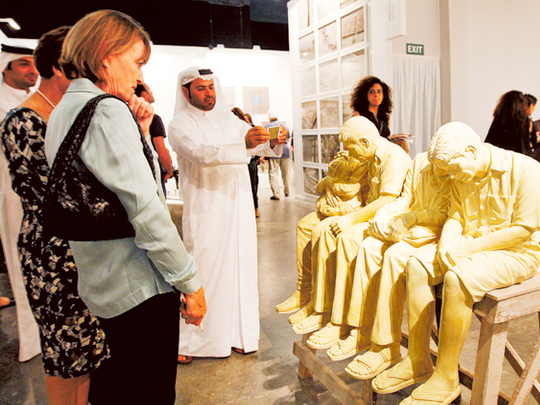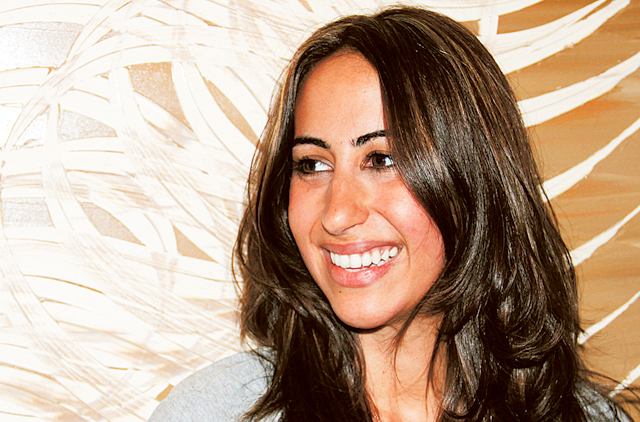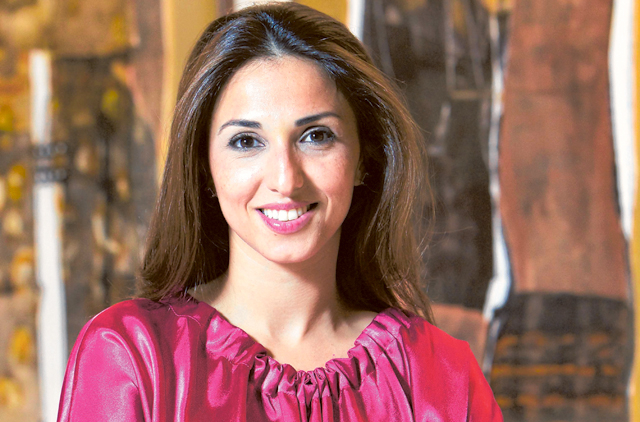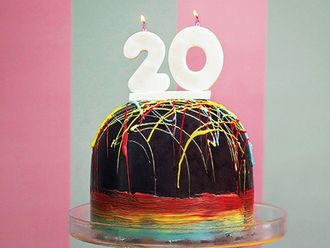
Dubai: The month-long art season in Dubai that concluded last week demonstrated the maturity and coming of age of the art market here, further establishing Dubai as the regional art hub.
Several record-breaking auctions were conducted dring the season. With over 60 art galleries and museums in the city, viewing and buying art has is now an established part of Dubai’s cultural agenda. The scope of this development over the last eight or nine years can be gauged from the fact that in a span of a month, Dubai now hosts an active art calendar with the Dubai art week, Design days and Sikka art fairs all happening simultaneously.
This synergy has attracted art curators and galleries from around the world to display and interact here. This has helped Dubai evolve into an attractive art trade market.
All major auction houses and art fund houses have opened offices here and have been doing robust business. This is proof that good art sells at a high price and there are as many buyers in the market here as sellers.
At one of the most prominent spring auctions at the leading international auction house Christie’s in Dubai — that accounts for more than 74 per cent of the auction market in the region — over 140 art works were sold for a total of $10.64 million (Dh39.11 million), an increase of 65 per cent on last year’s sale total and most of them far higher than their estimated prices.
The Pharaoh’s Collection of Modern Egyptian Art, expected to sell for around $1.4 million (Dh4.68 million) made $3.89 million (Dh 14.03 million). The top lot of the sale, also from the Collection, was Abdul Hadi El-Gazzar’s (Egyptian, 1925-1965) Construction of the Suez Canal which sold for $1.02 million, a new world auction record for the artist.
Another record was broken by Iranian contemporary artist, Ali Banisadr, whose Black painting sold for $339,750 (Dh1,24 million).
Commenting on the active art market here and the surge in sales, Hala Khayat, Head of Sales at Christie’s and specialist for modern and contemporary Middle Eastern and Iranian Art, says: “When Christie’s opened in 2005 its regional office in Dubai there were maybe five galleries active, no discussion about an art fair or other auction houses to be seen on the horizon. It is phenomenal how Dubai developed into the art space in the past eight-nine years.”
Investment in art is in many ways a promising business, points out Kurt Blum, curator of the online art shop Swiss Art Gate. “Some years ago, people were talking about investment in high-priced work and internationally renowned artists only, and we remember more the high figures for artworks from auctions sold in the Eighties which reached around $20 million up to the recent work sold for more than $100 million, than the steadily growing buyers, who want to invest in smaller amounts. The reason is that more wealthy people around the globe like to grab a piece of art, hence the prices will rise.”
What is the profile of the buyer today?
The profile of an art buyer, according to field experts, is not of someone who is extremely wealthy with loads of disposable income. There are younger buyers who are looking to invest in art as a means to diversify their portfolio. The most important thing about the buyers and sellers alike is their knowledge about the international art market. They are people who travel to all art fairs, exhibitions, biennales and auctions and have a good idea of what sells and what needs to be bought and stored for some time before it becomes an asset.
This was amply demonstrated by Young Collectors Auction this year, an initiative by Ayyam Gallery in Dubai, where young art lovers snapped up a number of Middle Eastern masterpieces worth around $650,000 (Dh2.3 million), more than a threefold growth from the $200,000 raised in 2009, when the first auction was held.
Last year, nearly half (45 per cent) of Christie’s customers participating in global online auctions were newcomers. The London-based auction house recently lowered the price threshold of contemporary Middle Eastern art to as low as $1,500 to attract the young generation.
The notion that only rich people buy high-worth artworks has slowly changed in recent years as nouveau art collectors now have the option of buying online and paying through credit cards, which facilitates new investments. Blum says there has been a slow and steady growth in the online art market in the last five years.
“Today, the ‘common’ art buyer likes to spend smaller amounts and put his money in more than one basket. It’s also more popular as people like to present to a friend an investment in the form of an artwork than just to show a piece of paper for just purchased stakes. The diversified strategy helps all, the young emerging artist, the gallery, which is encouraged to put young art in their showroom and the buyer, who has purchased a valuable and promising work as a future higher-estimated asset. For me, the support of an emerging artist is very important. He/she can grow and get a confirmation about his/her work, and continuously has the opportunity to create new quality work,” says Blum.
Art as an alternative source of investment
Let us look at how art has grown over the years as an alternative asset. The entire art market of the world is worth $65 billion (Dh234 billion) of which about $15 billion (Dh54 billion) is investible art, says Salma Shaheem, Head of Middle Eastern Markets, for the Fine Art Fund Group. The fund manages art portfolios for big business houses and high net-worth individuals from the Gulf and Levant region.
“Art is an alternative asset and does not replace traditional assets. It is used to alleviate the risk in your traditional financial portfolio. When stocks and bonds go down, art goes up. It is a very important and effective asset class,” says Shaheem, who says their fund estimates the growth on each realised asset is about 18 per cent per annum.
How are price tags calculated?
Auction houses, galleries and art fund managers all have different methods of assessment while buying or selling art. The most important thing is to first work out a rough estimate according to the market value of an artist which again is based on how rare his art works are and what is the kind of demand in the market. Khayat explains the method by which their auction house adds a price tag to an art work before an auction.
“At Christie’s, we sell in 80 different categories and each has its own specialist team. So, when a client bring in, let’s say, a painting by Ali Banisadr [Iranian, born 1976], for whom we recently achieved the new world auction record, the entire specialist team would inspect the work and agree on an estimate, which reflects previous prices achieved for works by the artists.”
There are many ways to assess the standing or worth of a piece of art. However, the best way to buy art is to go armed with some knowledge about the artists and the period you are interested in. All curators and art fund managers alike advise the best way to buy art is to go for what appeals to you.
“The most important thing for a buyer should be the consideration that he likes quality artwork, and that the aesthetical moment is higher than the financial thinking,” says Blum. Khayat agrees that people have to like what they buy first and that is the best test for a good investment.
Should we consider the Return on Investment (RoI) factor?
Samawi thinks art should never be bought just keeping an eye on the kind of Return on Investment (RoI) it can fetch as art takes a longer time to appreciate than assets of other kinds such as commodities, shares or bonds.
“We don’t believe that people should buy art with the intention of making a return. Returns on art take a long time so people that want to speculate and flip art in two-three years will not see the same returns as people who buy art for passion and let their children sell their art. It is after a five to ten year horizon that one can see real great returns on art. The other thing to consider is the pleasure value of art. Stocks and bonds do not have this but there is value in the fact that art can give you great pleasure and fulfilment in itself.”
So if you love fine art and have a tidy disposable income, try to invest in art for a stable and steady return.










